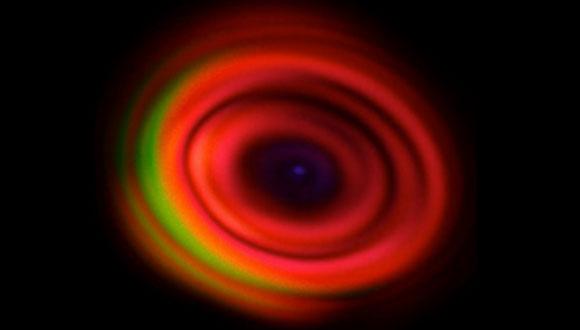LMI Seminar
Ofir Yesharim & Ron Cohen, TAU
Simulating Variation of Coherent Errors on Quantum Surface Code using Tensor Networks
Ron Cohen Faculty of Exact Science, (Prof. Haim Suchowski lab)
Abstract:
Fault-tolerant quantum information processing is essential for the realization of quantum computing devices. A very popular quantum error correction architecture is the surface code, where every logical qubit is represented by several physical qubits. The physical qubits are arranged in a 2D array with stabilizers measured and errors detected and corrected to get a low logical error rate, which makes the device fault-tolerant. Smaller physical errors could significantly reduce the error correction overhead, as they allow the use of a more smaller surface code per a single logical qubit, hence making the realization of the quantum processing device more achievable.
In recent years, coherent errors have been recognized as a significant type of error to deal with, since they might sum up coherently. Reducing coherent errors is, therefore, one of the primary requirements to curtail the surface code's size, which would otherwise require thousands of physical qubits.
In this work, we first investigated the effect of variation of different coherent errors over the different qubits of the surface code.
The main metric to assess the improvement is to measure the shrinking of the required size of surface code for several target logical error levels.
A promising simulation method to measure the logical error probability is using tensor networks, which allows for reducing the numerical cost to scale exponentially with the square root of the array size rather than the size itself.
We have applied this methodology in the context of linear optics quantum computation to evaluate the performance of a composite segmented design in a dual-rail realization and show that it reduces the total amount of physical qubits by a factor of ~6.5 in common realistic scenarios. We also showed that, as opposed to the case where a constant angle rotation error applies to all the qubits, when the sign of rotation is changing between qubits on the surface, the logical error is suppressed because of destructive interference.
Direct generation of spatially entangled qubits using quantum nonlinear optical holography
Ofir Yesharim School of Electrical Engineering (Prof. Ady Arie lab)
Abstract:
Nonlinear holography shapes the amplitude and phase of generated new harmonics using nonlinear processes. Classical nonlinear holography influenced many fields in optics, from information storage, de-multiplexing of spatial information and all-optical control of accelerating beams. Here, we extend the concept of nonlinear holography to the quantum regime. We directly shape the spatial quantum correlations of entangled photon pairs, in two-dimensional patterned nonlinear photonic crystals, using spontaneous parametric down conversion, without any pump shaping. The generated signal-idler pair obeys a parity conservation law that is governed by the nonlinear crystal. Furthermore, the quantum states exhibit quantum correlations and violate the Clauser-Horne-Shimony-Holt inequality, thus enabling entanglement-based quantum key distribution. Our demonstration paves the way for controllable on-chip quantum optics schemes utilizing the high-dimensional spatial degree of freedom.


